Or go to our Shopify Theme Detector directly
13 Shopify Black Friday Statistics
Last modified: October 3, 2023

Black Friday is one of the biggest shopping days in the US and across the Western world. It is when lots of offline and online stores offer great deals for customers. Shopify is a big part of Black Friday as it is an eCommerce platform. In this article, we look at the most important statistics for Shopify sales on Black Friday and general Black Friday statistics. With these, you can learn a lot that can help you with your campaigns.
- What is Black Friday?
- 1. Worldwide, Black Friday was Worth $6.3 Billion in 2021 to Shopify Stores
- 2. During Their Peak, $3.1 Million Worth of Sales Was Processed Every Second on Shopify
- 3. Conversion Rates Shoot up on Black Friday
- 4. Free Shipping is Still a Major Influence
- 5. Price is Still a Factor
- 6. Generation Z is the Biggest Audience
- 7. The Average Cart Price was $101.20 on Shopify
- 8. 15% of Sales are International
- 9. Most Customers Won’t Shop In-Store
- 10. Only 23% of Consumers Look for Something on Sale
- 11. Toys are in Hot Demand on Black Friday
- 12. Social Media a Big Driver of Traffic on Black Friday
- 13. Alternative Fulfillment Options are Popular
- Conclusion
- FAQs
| # | Name | Image | |
|---|---|---|---|
| 1 |
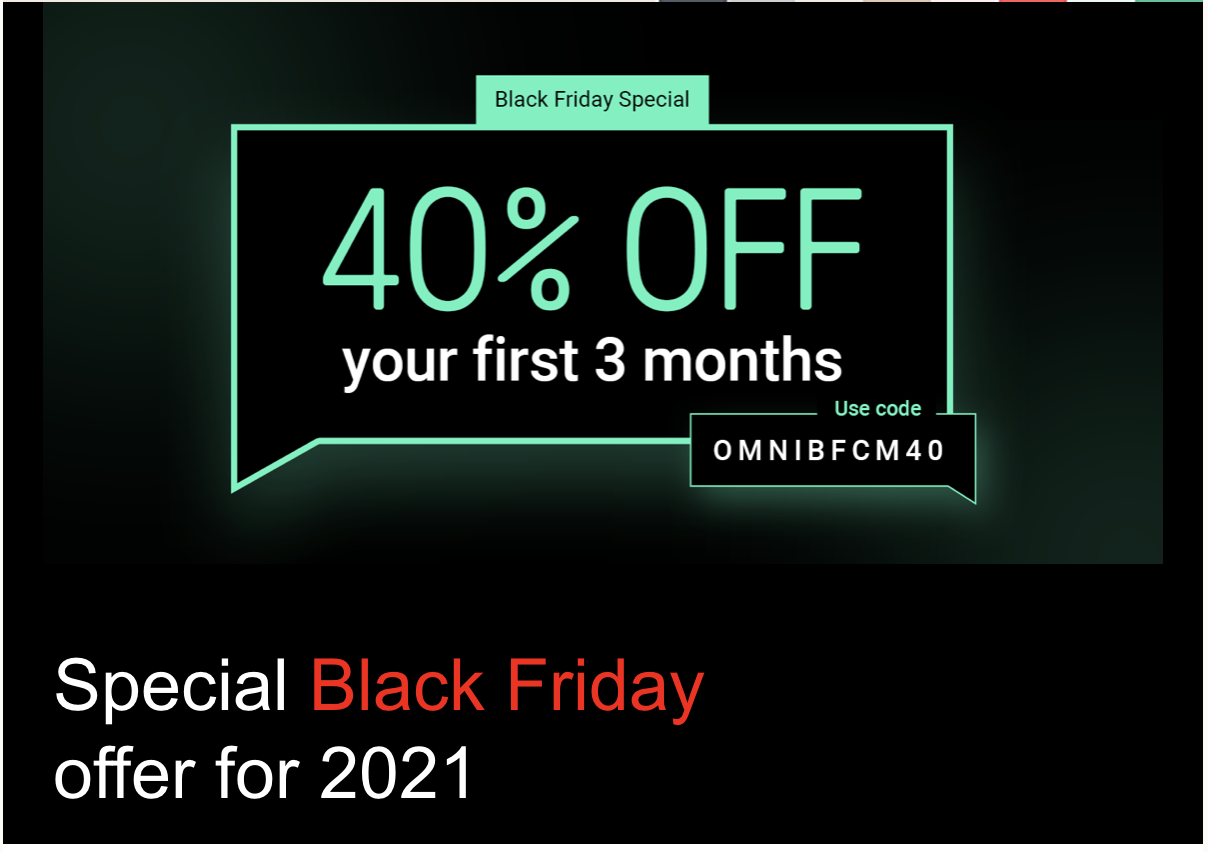
|
Omnisend BFCM Deal
|
|
| 2 |
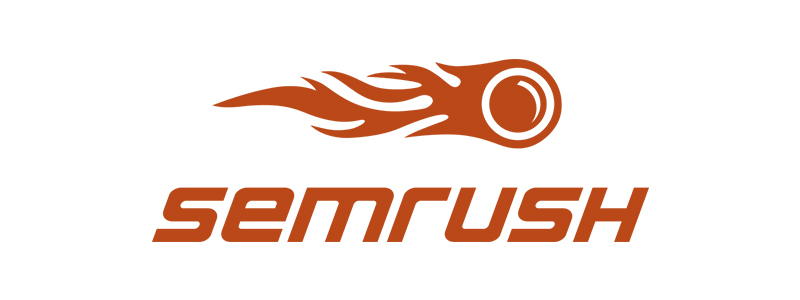
|
Semrush BFCM 2022 Deal
|
|
| 3 |
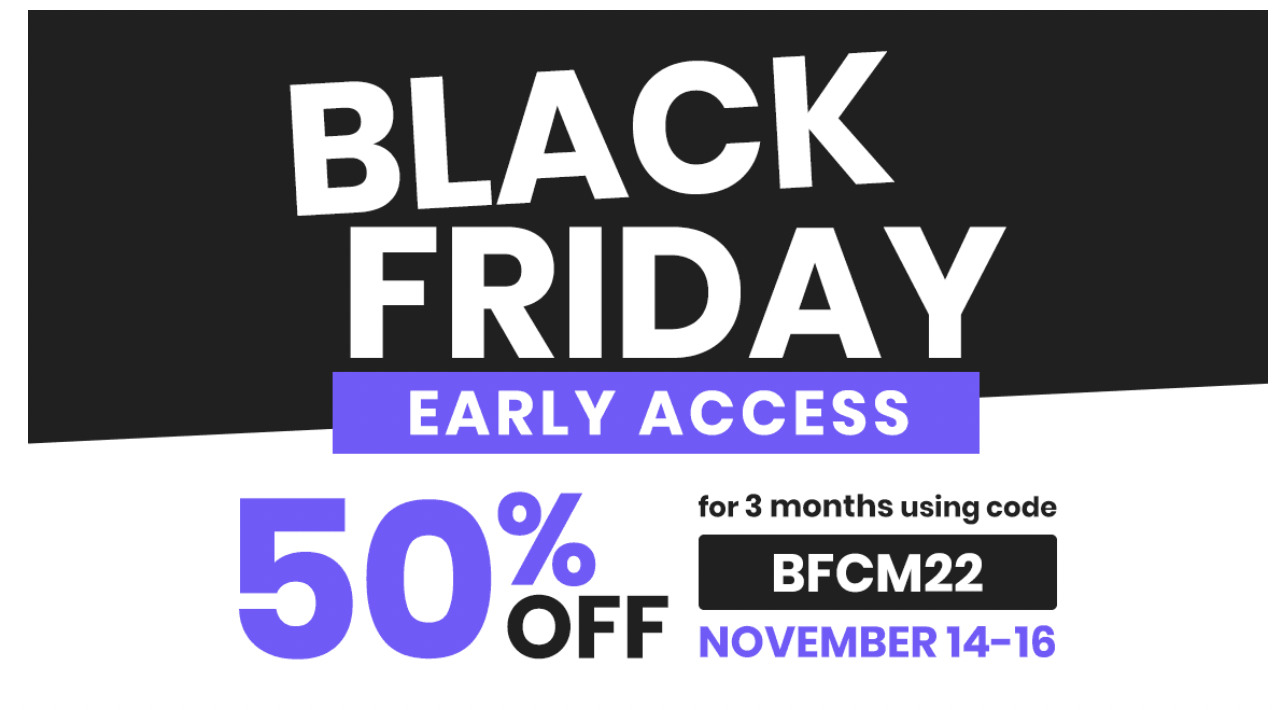
|
Debutify BFCM 2022
|
|
| 4 |

|
Udemy BFCM Deal
|
|
| 5 |

|
ThemeForest BFCM 2020 Deal
|
|
| 6 |

|
Template Monster
|
|
|
Show More
|
|||
What is Black Friday?
Black Friday is a colloquial term for the Friday after the US Thanksgiving. Traditionally, it is the start of the holiday shopping season and is marked by brands offering lots of discounts on products and services.
Black Friday is often followed by a Cyber Monday where there are online deals. However, both of these days have been amalgamated into one online discount. As a result, Black Friday deals are often stated as starting on the Friday (sometimes before) and going for about a week afternoon.
The date for Black Friday does change every year as it is based on when Thanksgiving is, but it is usually the last Friday in November.
There is some debate on why the date is known as Black Friday. One suggestion is that it is because this is the date in the financial year when retail stores start to make a profit over the year as most profits are made during the holiday season.
One of the reasons why Black Friday is so important is that in many states within the US, the Friday after Thanksgiving is a day off. There is also a tradition of the Santa Claus parades. This is where parades on Thanksgiving would include an appearance of Santa towards the end of the parade as a way to signal that Christmas is on the way. Retailers would use this as a symbol that the Christmas retail season is going to start.
So here are the best statistics for Shopify sales for Black Friday.
1. Worldwide, Black Friday was Worth $6.3 Billion in 2021 to Shopify Stores
In 2021, Black Friday was worth $6.3 billion in sales for brands on Shopify. In comparison, this is more than Black Friday sales were across the world, for all brands in 2013 when Black Friday was only worth $1.93 billion for online brands.
All the sales on Black Friday in 2021 were $886.7 billion across the world. Therefore, Shopify is responsible for one out of every ten dollars that were spent on Black Friday in 2021. In contrast, Amazon has only 5% of all retail sales in the US.
Shopify is a great platform for Black Friday because there are apps that allow merchants to market them as Black Friday. For instance, there are limited-time discounts that can be automated. Merchants could set a time for Black Friday and then reset the prices to their pre-Black Friday levels at a set time on Tuesday.
Another factor is that Shopify is incredibly fast. Shopify has one of the best loading times of any eCommerce platform. The average website takes about 4.2 seconds to load, with some Shopify eCommerce stores taking less than a second. Other website platforms can take 10.3 seconds to load.
Finally, Shopify is also connected to social media, email marketing, and other platforms for better promotion. Therefore, eRetailers can take advantage of the platform to earn a lot of revenue on the day.
Black Friday also shows a continued increase. Sales on Shopify increased from their 2019 levels where only $5.1 billion was spent on Shopify stores. This is an increase of 23%. Every year, it is estimated that the amount spent on Black Friday will be about 20% higher, so the 2020 season was a good year.
2. During Their Peak, $3.1 Million Worth of Sales Was Processed Every Second on Shopify
Shopify Payments had a very busy day on Black Friday in 2021. At their peak period, more than $3.1 million worth of sales were processed every second on a Shopify store. This made Shopify a great day for merchants and Shopify takes a transaction fee for processing the orders for the merchant.
At the same time, it shows that Shopify has one of the best infrastructures across the world as they were able to take a high level of transactions in one sitting. Therefore, if you want a stable platform, then you can rely on Shopify as it can handle large amounts of data across the network.
During the whole day, Shopify had more than 47 million users purchase on a Shopify-powered website and their system Shopify Payments. That doesn’t include the number of people who were on the website and didn’t convert. These figures haven’t been released, but from conversion statistics (which are mentioned in a bit), the traffic would be between 681 million and 1.566 billion users on all the Shopify-powered websites.
This is a good sign as it shows that Shopify can handle lots of traffic at the same time. Therefore, Shopify merchants should be in good stead when traffic spikes at natural times throughout the year, whereas other eCommerce sites can sometimes suffer from downtimes.
3. Conversion Rates Shoot up on Black Friday
Shopify monitors all their conversion rates across the stores that they power. During normal periods, the average conversion rates are about 1.5%. This is fairly low when it comes to eCommerce with the average website often achieving conversion rates of between 2.5% and 3.%. However, the majority of Shopify users don’t have experience with digital marketing. Therefore, they are often individuals who with a little more training could achieve better conversion rates.
During Black Friday, the conversion rates of Shopify websites were much higher. According to statistics collected by the company, on Desktop, conversion rates were as high as 6.9%. Tablets recorded a record conversion of 4.8% and mobile devices 2.9%.
Mobile devices, for comparison, normally have a conversion rate of about 0.84% normally. However, 79% of traffic to Shopify websites normally comes from users on their mobiles. Part of the reason for this is that themes sold for Shopify sites are usually designed for mobile devices, so they generally perform better on mobile searches.
Still the results show that Black Friday deals are something that is actively sought by consumers and that many brands can take advantage of this time and get more revenue. A good marketing plan for Black Friday might allow users to plan their purchases and therefore brands can see higher rewards on the day.
Or perhaps a good advertising strategy on the day might bring in more customers.
4. Free Shipping is Still a Major Influence
When it comes to what customers are looking for when buying on Black Friday, specific discounts are not the option that they tend to look for. Free shipping is still the number one influence in the purchasing decision of customers. Nearly half of customers (49%) will purchase with a brand if they offer a free shipping option. Only 36% of customers will purchase because there is a special offer on the day.
Therefore, brands are better off dropping shipping charges on the day and offering free shipping. If you already offer free shipping, then the next best option would be a special Black Friday deal.
After these elements, you need to look at your website. One in five customers (21%) want to buy from websites/apps that are easy to use and simplified. So, take a look at your website and ensure that it loads quickly, and has a clear infrastructure that allows the customer to search for a product with ease and move it to the cart.
You might want to consider investing in some good apps like instant buy or search apps that can help you retain audiences.
The final factor that is important for customers is the ability to purchase online and pick up in a store. Research has found that 20% of customers are looking for this option when they’re making a purchase online.
5. Price is Still a Factor
While the final purchasing decision might be influenced by free shipping, price is still a factor when it comes to which brands a shopper will choose. According to some research, 86% of consumers will choose which brand they shop with based on the prices on their website. However, it is still offered, like free shipping which is important for converting them.
The products you have on offer are also vital. 78% of consumers will buy from brands that have the specific products and product lines that they want. They need to see the brands they are used to or have seen advertised to trust a brand and use them. At the same time, 76% are looking for convenience.
Convenience could mean numerous aspects of the buying process though there are ways that you can make this easier. For instance, you could have elements such as quick buy or skip to checkout options. Or you could have speedy deliveries. It depends on your business model and where your consumers are.
6. Generation Z is the Biggest Audience
Those who are shopping more on Black Friday tend to be the younger generations. Generation Z is the biggest Black Friday shoppers, about 58% of this generation rely heavily on Black Friday for their holiday shopping and stocking up on household goods that they need. Millennials are the next biggest audience with about 54% of the audience relying on a special day to collect deals for various reasons.
However, other generations aren’t so reliant on the day. Only about 39% of Generation X and 37% of baby boomers rely on the day to make purchases. This could be because the hype around Black Friday is often on platforms the two groups frequent and started around the time that the millennials became more financially active.
Whatever the reason, these are certainly the audiences that you need to reach first before targeting other groups.
But it is also interesting that 31% of audiences all prefer to shop in-store because they find the excitement of the day a big lure. However, that does mean that 69% have no preference or prefer to shop online. So those who are online only might lose some audience, but they also have a large proportion that they can reach too.
When looking at the intentions of the audience it is clear to see that many people are looking to buy something on Black Friday. Only about 31% of users are just ‘window shopping’. Therefore, 69% of the traffic on your website are looking to make a purchase.
7. The Average Cart Price was $101.20 on Shopify
Shopify recorded a large increase in the average cart price on Black Friday 2021. The price of the average cart was $101.20. This is up from $90.70 seen in 2020. Therefore, customers are spending more on Shopify websites than they were a year ago.
There are several ways that brands can improve the cart values of orders on their website. For one, you can use upsells and cross-sells. If you sell a product that requires batteries or bulbs to work, then sell those in addition. You can improve conversions by offering them at a discount when they’re bought at the same time.
Another option is to make bundles of products and have them as specific Black Friday bundles. For example, you could offer a bundle of bed sheets that include a bed cover, duvet, pillowcases, and other items in one package. For Black Friday these could be offered at a discount.
There are also ways that you can use sale notification popups or FOMO elements like ‘frequently bought together. Therefore, customers can see what others have bought and feel compelled to make the purchase.
This can help as recent years have seen a move from consumers to spend less on Black Friday, or to state that as their intention. The number of consumers who planned to do most of their shopping on Black Friday has fallen from 59% in 2015 to just 36% in 2020.
However, that doesn’t mean that customers aren’t going to reduce completely. Only 7% of consumers expect to spend a lot less and only 5% would like to spend a little less. It just might mean that budgets for holiday spending in the US are increasing. 17% of consumers stated that they would spend the same or more than they did on previous Black Friday sales.
8. 15% of Sales are International
Black Friday isn’t just a US feature. The holiday has spread across the world with Black Friday becoming popular in countries like the UK, Australia, and other places. And many shops can sell to these locations as well.
15% of sales on Black Friday were across borders. This can include sales in the US that are for customers in Canada.
Numerous shipping apps can help you build a strong and efficient sales fulfillment system that can include shipping to other countries. These often offer more cost-effective solutions too.
Selling internationally does require you to take a few more steps. For instance, you might want to have a currency converter attached to your website. Most people prefer to buy in their own currency as it is easier for them to see the price. And you might also want to use a translation app to help you build a better website for international audiences.
You will also need to check local regulations to ensure that you can deliver goods to certain countries. There are also ways that you can prevent shoppers from certain locations using geolocation apps.
9. Most Customers Won’t Shop In-Store
There are several reasons why customers don’t want to shop in stores and prefer to shop online. About 60.8% of consumers prefer not to shop in person because they fear the crowds on Black Friday. In 2021, this was further compounded by fears of their health with the Covid-19 pandemic in full swing.
Nearly half of customers thought that shopping in the store was not worth the hassle and 40.9% hated the long queues to complete the purchase. About 20.5% of customers didn’t want to go to a store because they were worried about packing like the lack of space or the cost to park a car.
Interestingly, only about 25% of customers thought they could get better deals if they shopped online. Only 16.9% of customers thought shopping online was better for their finances and 9.3% of customers cite that they don’t have enough time to shop in-store.
While these might seem like trivial facts, these stats allow you to determine how to market your brand to customers. You can promise no queues, better deals, and other elements that can attract audiences to your website. This can help you to convert more of your audience too.
10. Only 23% of Consumers Look for Something on Sale
The top five things that people are looking for when it comes to Black Friday include items being on sale (23%), the brand being local (18%), the best consumer reviews (17%), products recommended by friends/influencers (12%) and products that are new (11%). Therefore, it is vital that because of Black Friday that you consider what products you’re going to put on sale and perhaps ensure that they have lots of reviews and are recommended by community leaders/influencers.
Very few consumers are looking for products that are made in their country and remarkably only 7% of consumers are looking for a sustainable product. This might change in the future, but at the moment it is not a priority for shoppers. In addition to this, 5% of consumers are looking for environmentally friendly.
Charity and social justice supporting brands are also a low priority during Black Friday. Only about 5% and 4% of customers respectively look for these elements.
11. Toys are in Hot Demand on Black Friday
Christmas is a time when there is a lot of money spent on toys. So Black Friday is when there is a lot of money spent on this category. Different stores had different results. For instance, Amazon had Lego (40% of searches) as their most popular product category followed by Crayola (10% of searches).
On Target, Osmo got 30% of the searches, and ‘Creativity for kids’ got 20% of the searches. B. Toys got 10% of searches on Target.
Kohl’s had completely different results too with Step2 (20%), Barbie (10%), Fisher-Price (10%), Hot Wheels (10%), and Nerf the most popular brands on their website.
When it came to board games, Hasbro ruled the search terms with most stores reporting that more than 50% of board game searches included the keyword ‘Hasbro’. The only online store that didn’t include this was Amazon that only recorded a 40% demand. Other stores reported that other brands were more even.
12. Social Media a Big Driver of Traffic on Black Friday
Black Friday deals on social media can be a significant driver of traffic to a store. In 2016, about 4% of a website’s traffic came from social media sites. However, in 2019, 11% of traffic was generated from social media. This is significantly higher than it is normally during the rest of the year.
Instagram is also becoming a more popular social media shopping channel. Consumers are using Instagram 73% more now than they did in 2016 to find new products and brands to shop for using the social media channel.
And it does drive sales. One in five consumers has made a purchase based on a recommendation on Instagram from another user. Therefore, try to get influencers onboard for Black Friday and you can see a sale.
During the Black Friday season in 2020, there were 175% more messages on social media than in the same period in 2019. Engagements from users also increased. The research found that there were 968% more engagements on Facebook, Twitter, and other social media channels between 2019 and 2020.
However, social media needs to be monitored closely by a team. Nearly four out of five consumers (79%) expect that a brand should respond within an hour to any question, message, or comment on social media.
Email marketing is also really important during this time. Open rates for emails increase by about 6% and clickthrough rates can increase by 4%.
13. Alternative Fulfillment Options are Popular
2020 and 2021 have seen a huge increase in the different fulfillment options that are available and demanded by customers. In the US, the average curbside pickup options saw a significant increase in value. In 2020, the average curbside pickup was $79.84 but in 2021 this figure had increased to $96.60.
The most popular cities for curbside pickup in the US were Los Angeles, Honolulu, and Chicago. The most popular niches that saw demand for this fulfillment model were clothing, home/garden, health, and beauty products.
Canada also saw similar increases with curbside pickup rising from $94.93 to $115.14. The most popular cities for curbside pickup included Toronto, Calgary, and Vancouver.
But local delivery is also very popular across the world. Local delivery shopping increased with the average cart being $97.40 in 2021 in the US and $120.75 for Canadian shoppers. The top local delivery cities within the US were New York, Los Angeles, and Brooklyn. In Canada, Toronto, Calgary, and Ottawa were popular local delivery.
The top categories for local delivery include clothing, food, and home/garden.
Final Word: 13 Statistics for Shopify Sales on Black Friday
Shopify sales on Black Friday statistics aren’t just interesting. They are a way for Shopify merchants to find campaign ideas and marketing tactics to make the most from the sales day. Black Friday is still a popular shopping period. Part of this is because it is seen as the start of the Christmas shopping period. Another reason is that many brands offer employees the day off for Christmas shopping.
Using the above statistics, you can find that this Black Friday could be more successful.
-
How long should Black Friday deals last?
Black Friday often starts at midnight on Black Friday and lasts throughout the day, the following weekend, and on Monday at least. Then you can run the Black Friday deals for the rest of the week or end them there. It can depend on your goals and whether you have a good marketing campaign.
-
Is Shopify a good platform for Black Friday?
Shopify is one of the most perfect platforms for Black Friday. They have a robust infrastructure that can handle a huge surge in traffic and transactions that allow you to have a stable website and make more sales. In addition, they have good apps that are designed to help you have a better sale period.
-
What Percentage of Discounts Should I Offer?
There are numerous theories about how much you should offer as a discount on the day. However, many brands are not offering discounts because free shipping, curbside deals, and other offers perform better than a discount.
-
When should you start marketing your Black Friday deals?
Numerous people think that Black Friday deals should be listed before the day and this is the best policy. This is because people like to plan and showing them what you’re going to have on offer might create a significant demand for the product and deal and the stock could run out earlier.
-
What is the best marketing platform for Black Friday?
Numerous platforms should be done for Black Friday deals. Social media is very important. Social media is a very popular method for customers to find new deals. But there is also the vital importance of email marketing that should be done at least once a day. You should also segment your marketing messages to appeal to certain audiences.
-
What is the average cart for Black Friday?
The average cart value on Black Fridays is larger than $100. This has seen a regular increase over the past few years and is due to increase in the next few years too. A good average cart value is great because it offers more profitability than you would expect from other sale times. There are some great ways you can also increase cart values using BOGO offers.
-
What is the top promotion to offer on Black Friday?
The best offer for Black Friday is not necessarily on the discounts that are on offer. Most customers are swayed more by free delivery than they are by the discount amount. In addition, you can be sure that you can build a better business by offering local delivery and curbside pick-up. The number of customers who are taking these options is increasing and their average cart values are often higher than national or international shopping levels.
-
What is the best theme for Black Friday?
There is no better theme for Shopify Black Friday. However, a good theme like Shoptimized or Booster will provide you with a website that is fast and has lots of features to help you sell more on your website. However, other themes are excellent for a website.
-
Can you start Black Friday before the day?
Yes, some brands have started Black Friday before the last Friday in November. Some have started the deals at 6 pm on Thursday or the Monday before. The biggest problem is that this is not matching the customer’s expectations and therefore sometimes the sales have been slow to get going.
-
What products do well on Black Friday?
Numerous product categories sell well on Black Friday. Electronics are not the most popular, though they get a lot of media attention. The most popular categories tend to be clothing and health/beauty products. If you sell in these niches, you can do well.

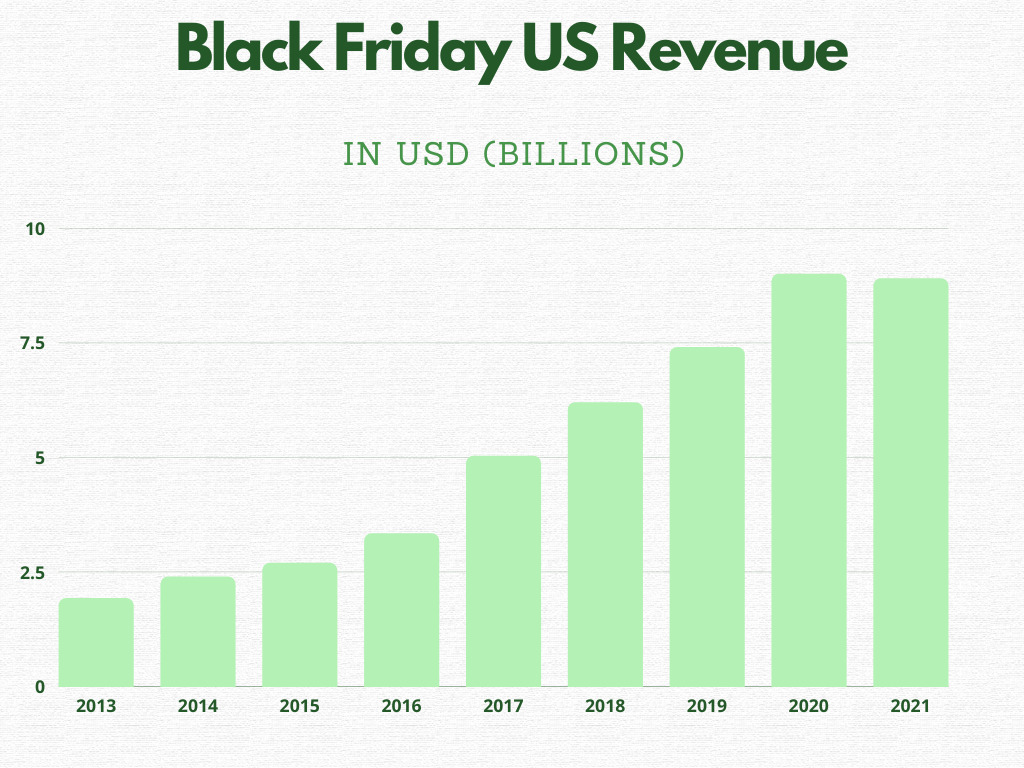
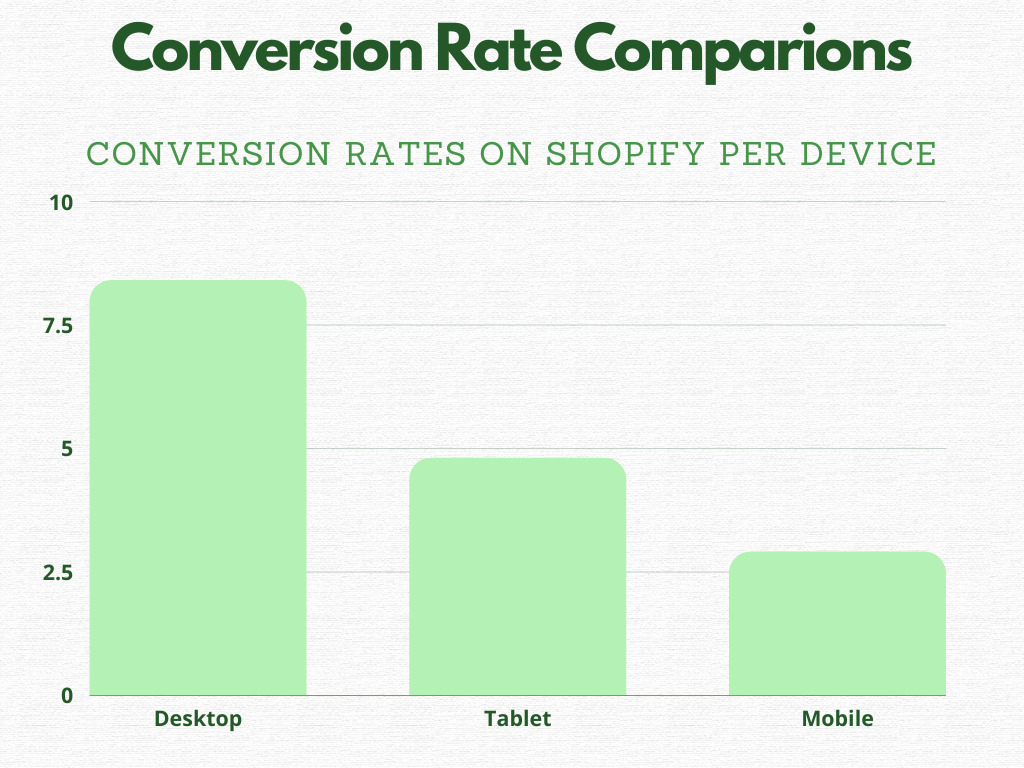
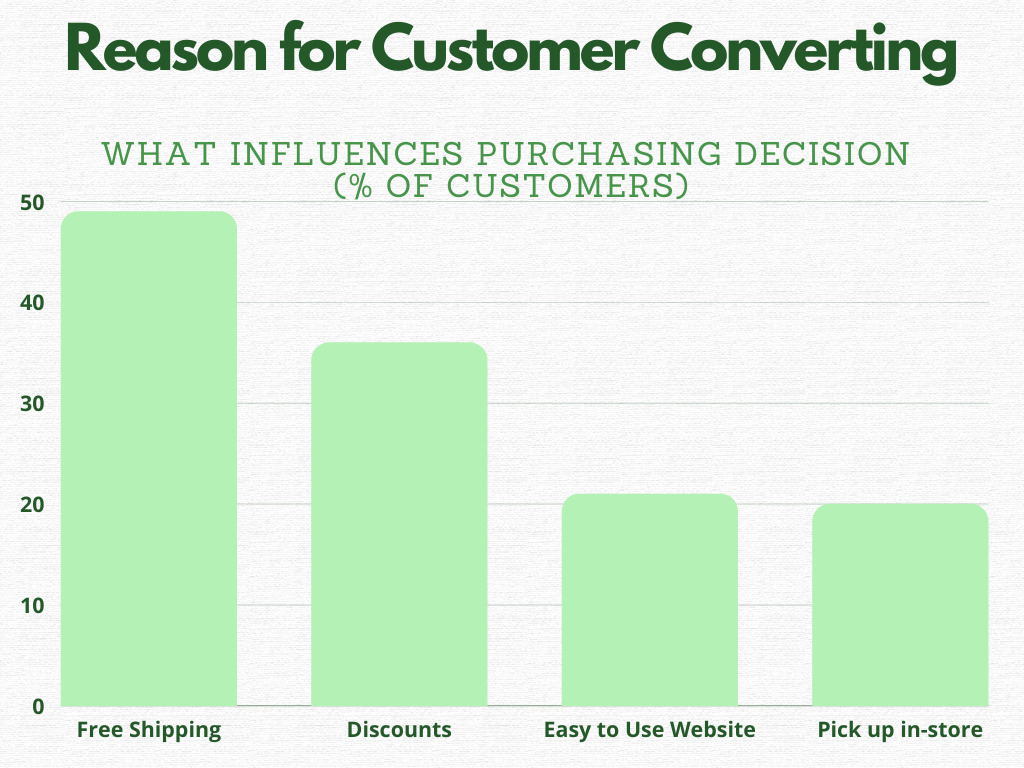
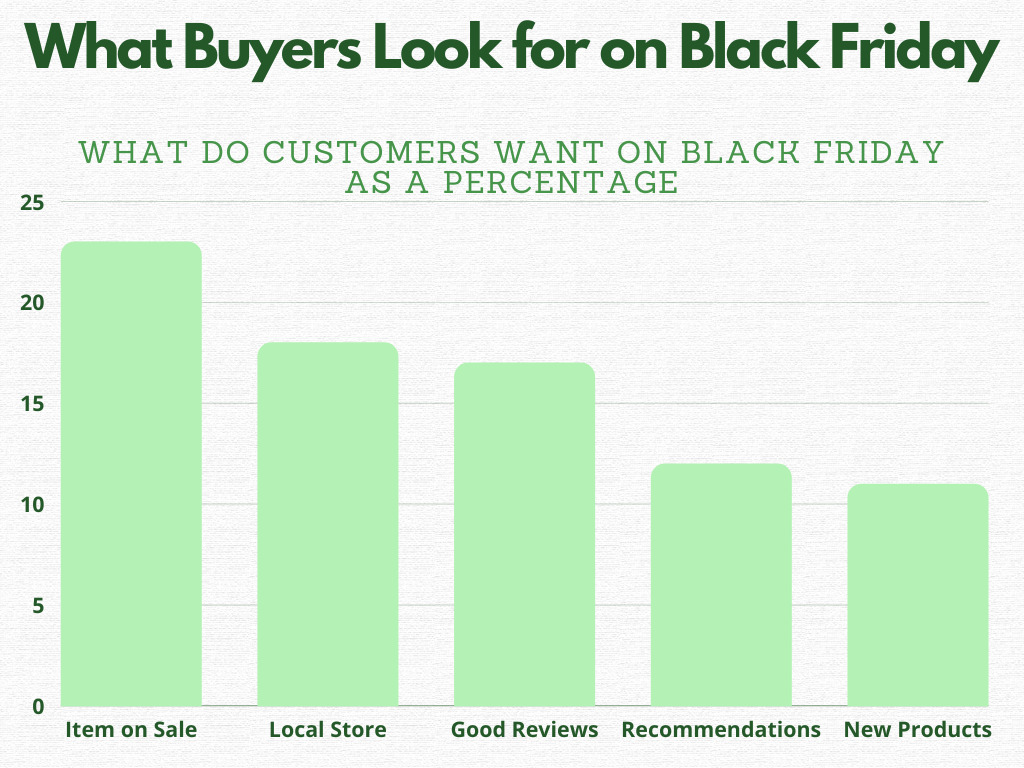
 PageFly Landing Page Builder
PageFly Landing Page Builder  Shopify
Shopify  SEMrush
SEMrush  Website Maintenance
Website Maintenance  UpPromote
UpPromote